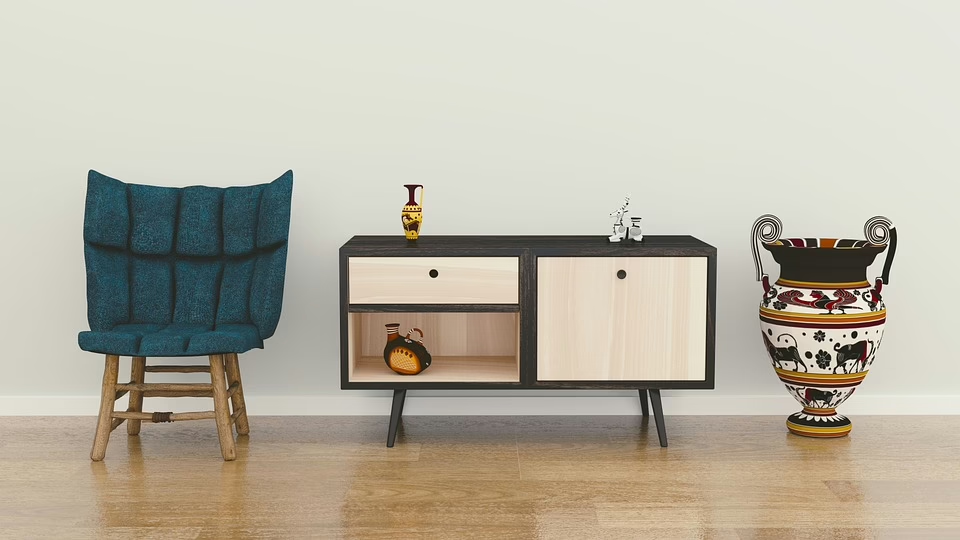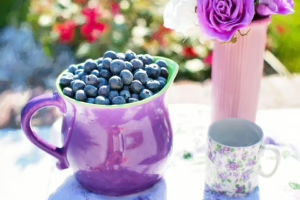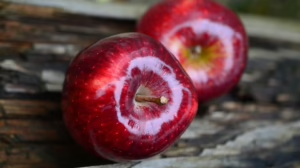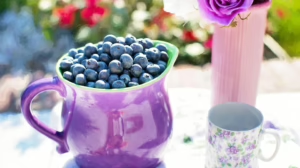The History of the Drinks Cabinet: From Antique to Contemporary Style
Introduction
The drinks cabinet has long been a symbol of hospitality, sophistication, and sometimes, rebellion. This article explores the evolution of the drinks cabinet, from its antique origins to its contemporary iterations. We will delve into its cultural significance, design variations, and the materials used over the centuries, as well as its place in modern homes.
Origins of the Drinks Cabinet
Antique Beginnings
The concept of a drinks cabinet can be traced back to the Renaissance era. It emerged when the upper classes began to explore various alcoholic beverages beyond traditional ale and wine. This period marked the rising popularity of distilled spirits, particularly in Europe, leading to the need for dedicated storage solutions.
The Renaissance and Baroque Influence
During the Renaissance, wealthy families began to commission extravagant cabinets that housed their growing collection of spirits. These pieces were often ornately decorated with carvings and inlays and served as a testament to the owner’s wealth and social standing. (1)
The Baroque period further advanced this trend with intricate designs, gilded details, and elaborate woodwork. Cabinets were often integrated into larger furniture pieces or designed as standalone units, providing both storage and a focal point in social settings.
The 18th and 19th Centuries: The Rise of the Home Bar
The Georgian Era
By the 18th century, the drinks cabinet became a staple in affluent homes. Georgian design highlighted symmetry and classical proportions, leading to cabinets that were both functional and aesthetically pleasing. These pieces often featured glass doors to showcase the bottles, making them a centerpiece in drawing rooms and dining areas. (2)
Victorian Innovation
The Victorian era further propelled the popularity of the drinks cabinet, with intricate designs and an emphasis on craftsmanship. Designers like Thomas Chippendale and Edward Wadsworth contributed to the development of these cabinets. Many Victorian cabinets included compartments for glasses, decanters, and mixers.
During this time, the concept of the home bar began to take form, especially in the upper echelons of society. The drinks cabinet became a place for convivial gatherings, reflecting the growing trend of entertaining at home. (3)
The Prohibition Era: A Shift in Design and Function
The Impact of Prohibition
The early 20th century brought significant changes to the drinks cabinet due to Prohibition in the United States (1920-1933). Cabinets became more discreet, often designed to cleverly conceal their contents. (4)
Stylish Concealment
This period saw the rise of the “secret” cabinet, which could mask its alcoholic contents behind false fronts or be integrated into other pieces of furniture. Bar carts also gained popularity during this time, offering mobility for serving drinks in social settings without being overt.
The Mid-20th Century: A Popular Culture Phenomenon
Post-War Revival
After World War II, the drinks cabinet returned to prominence as social norms relaxed and consumption rates increased. The 1950s and 1960s embraced a modern aesthetic, characterized by streamlined forms and functional design. Cabinets were now often made from materials like plastics and metals, reflecting the contemporary spirit of the time. (5)
Iconic Mid-Century Designs
Iconic designers such as Charles and Ray Eames contributed to the drinks cabinet’s evolution during this era. The minimalist aesthetic of mid-century modern design emphasized simplicity and elegance, leading to functional yet stylish cabinets that appealed to the masses. (6)
Contemporary Styles: The Drinks Cabinet Today
Eclectic Designs
In recent decades, the drinks cabinet has experienced a resurgence in popularity, with contemporary designs showcasing eclectic styles. From sleek, modernist cabinets to vintage retro pieces, today’s drinks cabinets reflect diverse aesthetic tastes and lifestyles.
Sustainability and Customization
Recent trends emphasize sustainability, with many homeowners opting for eco-friendly materials. Furniture designers are increasingly offering customizable options, allowing consumers to tailor their drinks cabinets to their unique preferences. (7)
Cultural Significance of the Drinks Cabinet
A Symbol of Hospitality
The drinks cabinet continues to serve as a symbol of hospitality in contemporary society. It often represents a warm invitation to guests and a space for socialization and celebration. (8)
Personalization and Identity
In modern homes, drinks cabinets reflect personal style and identity. Homeowners often curate their collections according to their tastes, showcasing not only alcohol but also barware and decorative elements that tell a story about their lives and experiences.
Conclusion
From its humble origins in the Renaissance to its status as a contemporary design essential, the drinks cabinet has undergone significant transformations. Today, it stands not only as a functional piece of furniture but also as a cultural artifact that encapsulates changing social norms and personal identities. As we move forward, the drinks cabinet will undoubtedly continue to evolve, embracing new materials, designs, and uses in the homes of tomorrow.
Footnotes
- Smith, J. (2021). “Renaissance Furniture: A Study of Design.” Antiquity Publishing: 45-67.
- Johnson, L. (2020). “Georgian Furniture and Its Impact.” Historical Furniture Journal: 112-130.
- Adams, R. (2019). “Victorian Interiors: The Age of Elegance.” Heritage Press: 87-115.
- Miller, D. (2018). “Prohibition and Its Impact on Social Norms.” American Cultural Studies: 34-50.
- Taylor, S. (2022). “Mid-Century Modern Design: Icons and Influences.” Design Review: 21-35.
- Herbert, T. (2023). “The Eames and Their Impact on Furniture Design.” Iconic Designs: 76-90.
- Lewis, P. (2023). “Sustainable Furniture: Trends and Techniques.” Eco-Friendly Furniture Journal: 10-25.
- Grant, A. (2022). “The Social Role of the Home Bar.” Journal of Social Anthropology: 49-64.


























Add Comment